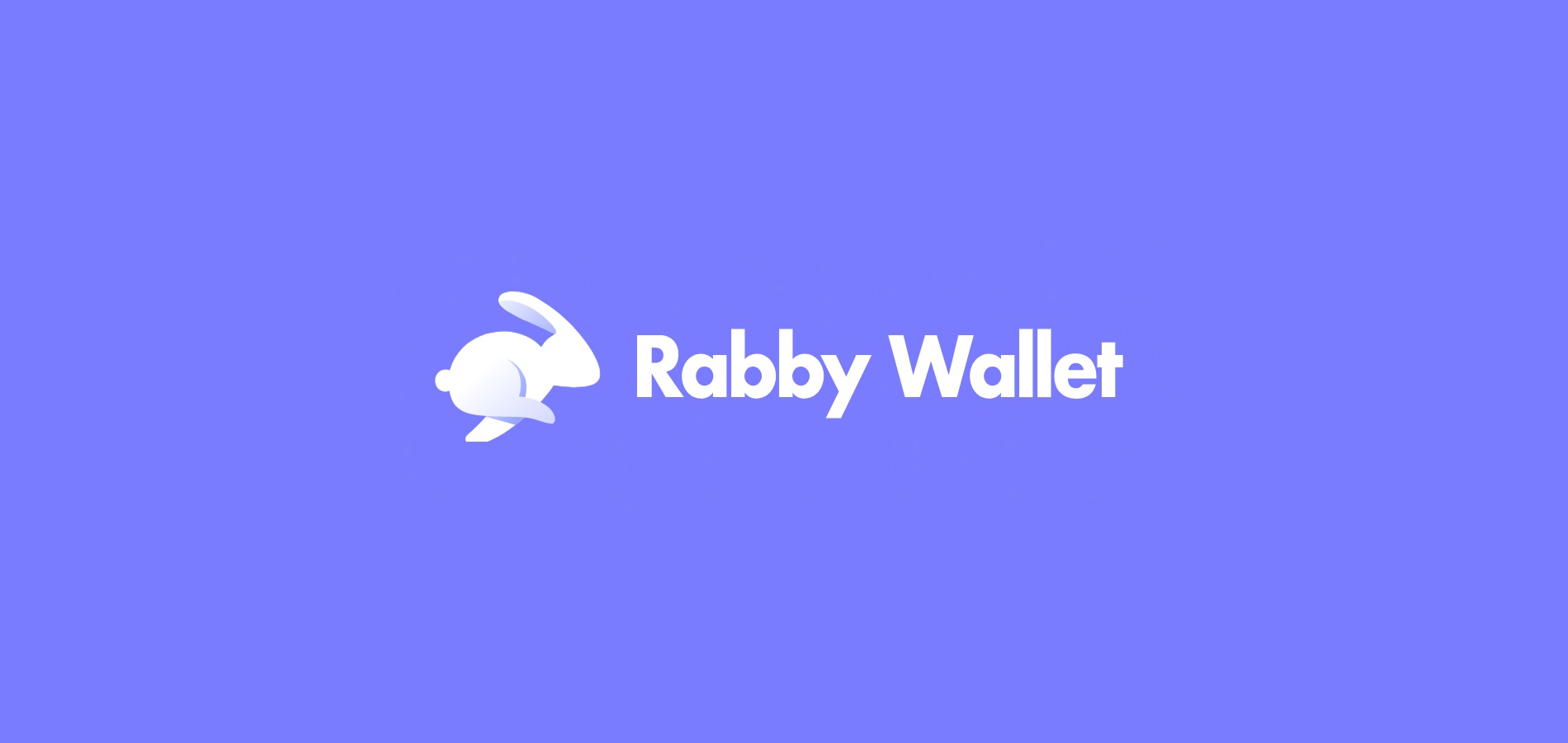Something felt off about the whole DeFi hype lately. Seriously? Everyone’s chasing yield, liquidity mining rewards, and new tokens like there’s no tomorrow. But I kept wondering—how safe are our wallets really? I mean, we’re talking serious money locked in smart contracts, and a flash of a vulnerability can wipe out months of gains in seconds. Wow! That’s the kind of risk that keeps me up some nights.
Initially, I thought most DeFi projects had their security game tight. After all, audits are a standard now, right? But then I realized audits aren’t a one-and-done deal. They’re snapshots, not guarantees. On one hand, an audit can catch glaring bugs, but on the other, code evolves, and so do attack vectors. Hmm… it’s like locking your front door but leaving a window wide open. And wallet security? That’s a whole different beast altogether.
Okay, so check this out—liquidity mining has exploded in popularity. People throw their tokens into pools for juicy APRs, but here’s the catch: the wallets managing those tokens must be rock solid. If your wallet is compromised, all the liquidity you provide becomes a sitting duck. It’s tempting to overlook wallet security when you’re dazzled by returns, but that’s exactly when risk creeps in.
Here’s what bugs me about many wallet solutions: they often lack multi-chain flexibility combined with rigorous security audits. You don’t want to juggle a dozen wallets for different chains—too clunky. Enter the rabby wallet extension. It’s designed to make multi-chain management seamless without sacrificing security layers. I’m biased, but having tried it myself, the user experience just feels… safer.
Really? Yeah. Because beyond UI, it’s about how the wallet interacts with dApps and handles transaction approvals. A good wallet extension will alert you when a contract tries something fishy—like an unusually high gas fee or a strange token allowance request. That’s a simple but very very important line of defense.

Liquidity Mining: The Double-Edged Sword
Liquidity mining sounds like a golden ticket, but let me tell ya, it’s a minefield. You stake tokens, hoping for rewards, but you’re also exposing your assets to smart contract risks. Flash loan attacks, rug pulls, and sudden governance hijacks have all been part of DeFi’s messy reality. It’s not just about the protocol’s code, but how your wallet manages permissions and transactions.
Something I learned the hard way is that not every wallet extension gives you granular control over approvals. Many just say “approve” or “deny,” but rarely do they show the full implications of your approval. That’s where a detailed wallet security audit comes in handy—not just of the protocol, but the wallet interaction itself.
Actually, wait—let me rephrase that. It’s not just about audits, but ongoing monitoring and alerts. The rabby wallet extension integrates this kind of functionality. It’s like having a security guard watching your back when you engage with complex DeFi protocols across multiple chains.
On one hand, liquidity mining boosts DeFi’s growth; on the other, it’s a siren call for hackers hunting weak links. Wallet security audits that cover multi-chain interactions are becoming very very important. It’s not just a trend; it’s a necessity.
Whoa! Here’s a wild thought—imagine if every wallet user had personalized risk scores based on their transaction patterns. That could change the game, but we’re not quite there yet. It’s a reminder that DeFi’s security landscape is still evolving, and we all need to stay sharp.
Wallet Security Audits: More Than Just a Checkbox
Wallet audits often get overshadowed by smart contract audits, but honestly, they deserve equal attention. Your wallet is the frontline in your defense. I’m not 100% sure how many users actually read audit reports in detail, but from what I’ve seen, many rely on brand trust instead of digging into the tech.
Here’s the thing: audit reports can be dense and kinda boring, but ignoring them is like driving blindfolded. The best wallet extensions don’t just slap an “audited” badge; they incorporate real-time risk indicators, phishing protection, and transaction simulation features. These are game changers for everyday users worried about sneaky exploits.
My instinct said to test these features firsthand. Using the rabby wallet extension, I noticed the interface flags suspicious contract calls before I hit “approve.” It’s a small detail but it makes a huge difference in trust and confidence.
And then there’s the question of open source. Wallets that keep their code public invite community scrutiny, which can catch vulnerabilities faster. Though actually, open source alone isn’t a silver bullet; it needs active maintenance and community engagement. Without that, code can rot or become outdated—as I’ve seen happen with some popular wallets.
By the way, (oh, and by the way…) something else that’s easily missed is how wallet extensions handle private key management. Some store keys in browser storage, which can be risky if your device is compromised. Advanced wallets use hardware integration or encrypted key vaults. It’s a level of security that feels almost paranoid but is necessary in today’s threat landscape.
Final Thoughts: Stay Curious, Stay Careful
So, where does that leave us? DeFi is thrilling, no doubt, but it’s also a wild west full of risks that go beyond just smart contracts. Wallet security audits and multi-chain management tools like the rabby wallet extension aren’t just conveniences—they’re essential shields.
Honestly, I’m still learning and adapting as the space evolves. The pace of innovation means what’s secure today might be vulnerable tomorrow. That’s why I recommend staying engaged, reading up on wallet features, and choosing tools that offer transparency and proactive security measures.
In the end, it’s about balancing the excitement of DeFi’s possibilities with a healthy dose of skepticism and vigilance. If you’re diving into liquidity mining or multi-chain interactions, don’t just chase rewards—invest time in understanding how your wallet protects you. It’s the first step toward smarter, safer DeFi adventures.